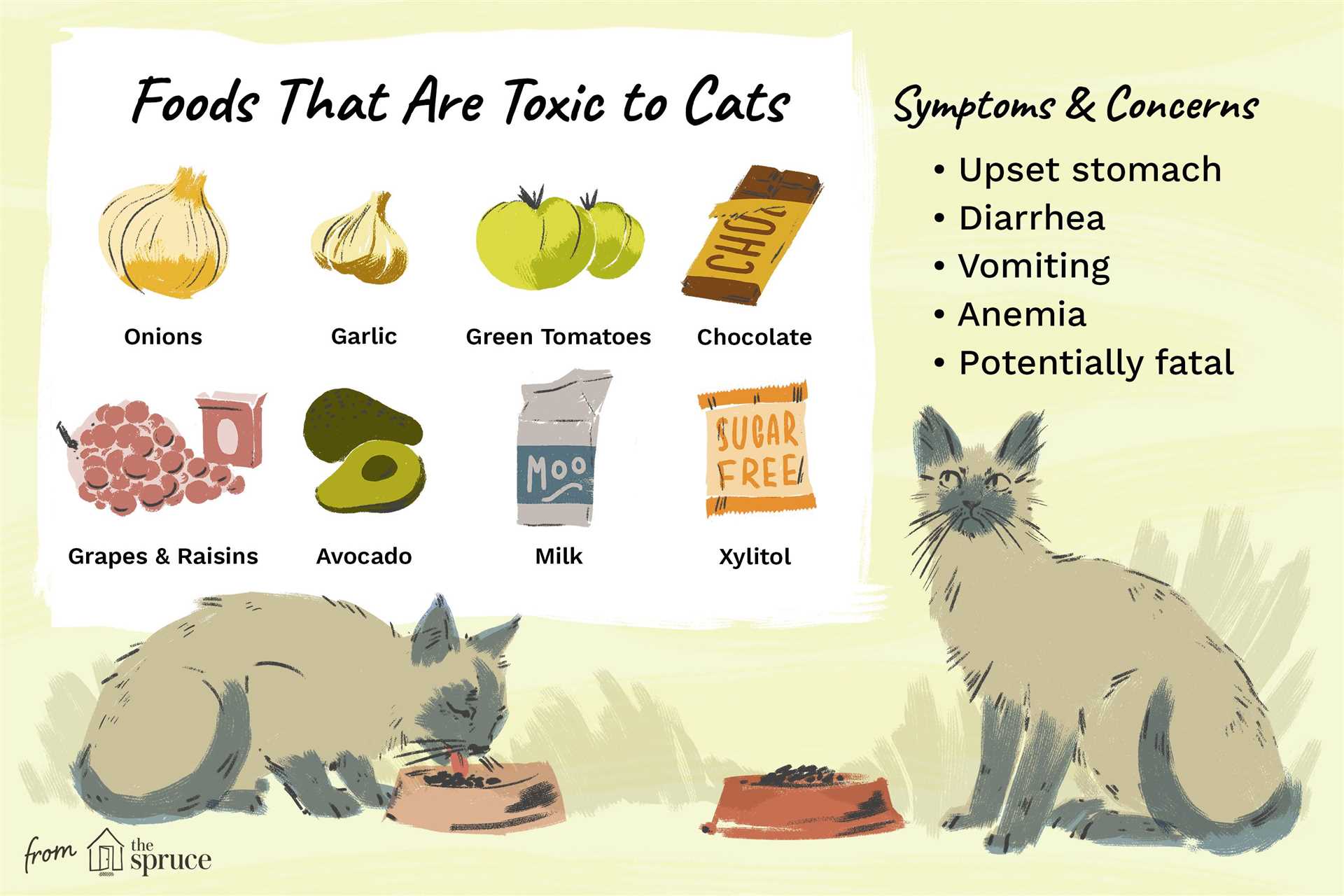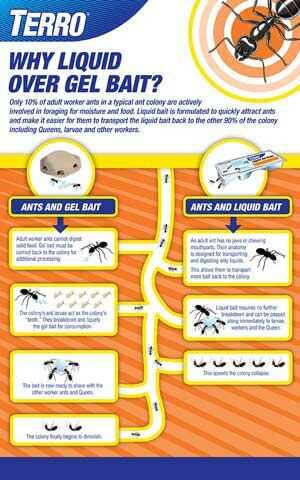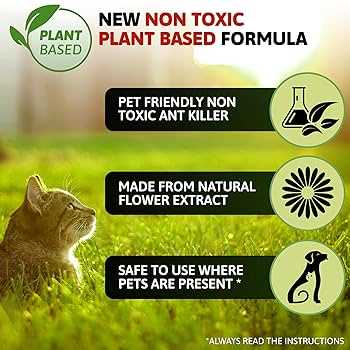It’s critical to avoid any exposure to ant-related substances for our feline companions. These chemicals can lead to severe health issues or even fatal consequences for your beloved pet.
Symptoms of distress may include drooling, vomiting, tremors, and lethargy. If you suspect that your furry friend has ingested any harmful substances, immediate veterinary attention is necessary. Quick action can significantly improve the chances of a positive outcome.
Keeping an eye on your surroundings is essential. Always opt for pet-safe alternatives when dealing with unwanted insects. There are numerous non-toxic solutions available that can effectively manage pests without endangering your cherished companions.
Regularly check your home for any signs of chemical exposure, and educate yourself on safe pest control practices to ensure a secure environment for your four-legged family members.
Ant Toxicity and Its Effects on Felines
Exposure to certain insecticides can lead to severe health issues in felines. Symptoms might include drooling, vomiting, tremors, or even seizures. If you suspect your furry friend has ingested something harmful, immediate consultation with a veterinarian is crucial. Time is of the essence in these situations.
Signs of Distress
Keep an eye out for unusual behaviors such as lethargy, loss of appetite, or difficulty walking. These can be indicators of poisoning. If you notice any of these signs, seek veterinary assistance without delay. Providing your vet with information about the substance involved can be helpful in determining the right course of action.
Prevention Tips

To minimize risks, ensure that areas where your companion roams are free from harmful substances. Regularly check your living space for any potential hazards. Educating yourself about pet-safe alternatives can help keep your environment safe. For a fun and safe treat, you might wonder do cats like wheatgrass? Incorporating safe plants can enrich their diet and provide a healthy snack.
Identifying Symptoms of Ant Poisoning in Cats

Watch for drooling, as it’s a common sign that something is wrong. Excessive salivation can indicate distress or nausea. If you notice your furry friend pacing or appearing restless, it’s a signal to take action.
Monitor for vomiting, which may occur soon after ingestion. This can be accompanied by a lack of appetite or refusal to eat. Lethargy is another warning sign; if I seem unusually tired or unresponsive, something could be off.
Pay attention to any changes in behavior. If I become more aggressive or unusually anxious, it’s worth investigating. Trembling or twitching may also occur, indicating potential toxicity.
Keep an eye on my breathing. Rapid or labored breathing requires immediate attention. If you observe any signs of distress, seek veterinary help without delay.
Lastly, check for any unusual urges to drink water. Increased thirst can be a response to poisoning. Being alert to these symptoms can help ensure a swift response to a serious situation.
Preventing Exposure to Toxic Substances

I recommend keeping your living space free from harmful chemicals. Store any substances that could endanger my health, such as pesticides, in sealed containers on high shelves or in locked cabinets. This simple action can significantly reduce the risk of accidental ingestion.
Regularly inspect your environment for any signs of unwanted insects. Implement natural deterrents like essential oils or vinegar solutions instead of chemical sprays. These alternatives are usually safer and still effective in keeping pests away.
When using any product, always read the label carefully. Choose those that specifically mention safety for pets. If you’re unsure about a particular item, consult with your veterinarian for guidance.
Establish a habit of cleaning up immediately after using any substances. Dispose of empty containers and any spills promptly to avoid exposure. Additionally, educate all household members about the risks and ensure everyone understands the importance of keeping harmful items out of reach.
If you are transitioning my diet, consider checking out this helpful guide on how to transition cat from dry to wet food. A balanced diet can enhance my overall health and resilience against potential toxins.
Video:
It’s critical to avoid any exposure to ant-related substances for our feline companions. These chemicals can lead to severe health issues or even fatal consequences for your beloved pet.
Symptoms of distress may include drooling, vomiting, tremors, and lethargy. If you suspect that your furry friend has ingested any harmful substances, immediate veterinary attention is necessary. Quick action can significantly improve the chances of a positive outcome.
Keeping an eye on your surroundings is essential. Always opt for pet-safe alternatives when dealing with unwanted insects. There are numerous non-toxic solutions available that can effectively manage pests without endangering your cherished companions.
Regularly check your home for any signs of chemical exposure, and educate yourself on safe pest control practices to ensure a secure environment for your four-legged family members.
Ant Toxicity and Its Effects on Felines
Exposure to certain insecticides can lead to severe health issues in felines. Symptoms might include drooling, vomiting, tremors, or even seizures. If you suspect your furry friend has ingested something harmful, immediate consultation with a veterinarian is crucial. Time is of the essence in these situations.
Signs of Distress
Keep an eye out for unusual behaviors such as lethargy, loss of appetite, or difficulty walking. These can be indicators of poisoning. If you notice any of these signs, seek veterinary assistance without delay. Providing your vet with information about the substance involved can be helpful in determining the right course of action.
Prevention Tips

To minimize risks, ensure that areas where your companion roams are free from harmful substances. Regularly check your living space for any potential hazards. Educating yourself about pet-safe alternatives can help keep your environment safe. For a fun and safe treat, you might wonder do cats like wheatgrass? Incorporating safe plants can enrich their diet and provide a healthy snack.
Identifying Symptoms of Ant Poisoning in Cats

Watch for drooling, as it’s a common sign that something is wrong. Excessive salivation can indicate distress or nausea. If you notice your furry friend pacing or appearing restless, it’s a signal to take action.
Monitor for vomiting, which may occur soon after ingestion. This can be accompanied by a lack of appetite or refusal to eat. Lethargy is another warning sign; if I seem unusually tired or unresponsive, something could be off.
Pay attention to any changes in behavior. If I become more aggressive or unusually anxious, it’s worth investigating. Trembling or twitching may also occur, indicating potential toxicity.
Keep an eye on my breathing. Rapid or labored breathing requires immediate attention. If you observe any signs of distress, seek veterinary help without delay.
Lastly, check for any unusual urges to drink water. Increased thirst can be a response to poisoning. Being alert to these symptoms can help ensure a swift response to a serious situation.
Preventing Exposure to Toxic Substances

I recommend keeping your living space free from harmful chemicals. Store any substances that could endanger my health, such as pesticides, in sealed containers on high shelves or in locked cabinets. This simple action can significantly reduce the risk of accidental ingestion.
Regularly inspect your environment for any signs of unwanted insects. Implement natural deterrents like essential oils or vinegar solutions instead of chemical sprays. These alternatives are usually safer and still effective in keeping pests away.
When using any product, always read the label carefully. Choose those that specifically mention safety for pets. If you’re unsure about a particular item, consult with your veterinarian for guidance.
Establish a habit of cleaning up immediately after using any substances. Dispose of empty containers and any spills promptly to avoid exposure. Additionally, educate all household members about the risks and ensure everyone understands the importance of keeping harmful items out of reach.
If you are transitioning my diet, consider checking out this helpful guide on how to transition cat from dry to wet food. A balanced diet can enhance my overall health and resilience against potential toxins.
Video:
It’s critical to avoid any exposure to ant-related substances for our feline companions. These chemicals can lead to severe health issues or even fatal consequences for your beloved pet.
Symptoms of distress may include drooling, vomiting, tremors, and lethargy. If you suspect that your furry friend has ingested any harmful substances, immediate veterinary attention is necessary. Quick action can significantly improve the chances of a positive outcome.
Keeping an eye on your surroundings is essential. Always opt for pet-safe alternatives when dealing with unwanted insects. There are numerous non-toxic solutions available that can effectively manage pests without endangering your cherished companions.
Regularly check your home for any signs of chemical exposure, and educate yourself on safe pest control practices to ensure a secure environment for your four-legged family members.
Ant Toxicity and Its Effects on Felines
Exposure to certain insecticides can lead to severe health issues in felines. Symptoms might include drooling, vomiting, tremors, or even seizures. If you suspect your furry friend has ingested something harmful, immediate consultation with a veterinarian is crucial. Time is of the essence in these situations.
Signs of Distress
Keep an eye out for unusual behaviors such as lethargy, loss of appetite, or difficulty walking. These can be indicators of poisoning. If you notice any of these signs, seek veterinary assistance without delay. Providing your vet with information about the substance involved can be helpful in determining the right course of action.
Prevention Tips

To minimize risks, ensure that areas where your companion roams are free from harmful substances. Regularly check your living space for any potential hazards. Educating yourself about pet-safe alternatives can help keep your environment safe. For a fun and safe treat, you might wonder do cats like wheatgrass? Incorporating safe plants can enrich their diet and provide a healthy snack.
Identifying Symptoms of Ant Poisoning in Cats

Watch for drooling, as it’s a common sign that something is wrong. Excessive salivation can indicate distress or nausea. If you notice your furry friend pacing or appearing restless, it’s a signal to take action.
Monitor for vomiting, which may occur soon after ingestion. This can be accompanied by a lack of appetite or refusal to eat. Lethargy is another warning sign; if I seem unusually tired or unresponsive, something could be off.
Pay attention to any changes in behavior. If I become more aggressive or unusually anxious, it’s worth investigating. Trembling or twitching may also occur, indicating potential toxicity.
Keep an eye on my breathing. Rapid or labored breathing requires immediate attention. If you observe any signs of distress, seek veterinary help without delay.
Lastly, check for any unusual urges to drink water. Increased thirst can be a response to poisoning. Being alert to these symptoms can help ensure a swift response to a serious situation.
Preventing Exposure to Toxic Substances

I recommend keeping your living space free from harmful chemicals. Store any substances that could endanger my health, such as pesticides, in sealed containers on high shelves or in locked cabinets. This simple action can significantly reduce the risk of accidental ingestion.
Regularly inspect your environment for any signs of unwanted insects. Implement natural deterrents like essential oils or vinegar solutions instead of chemical sprays. These alternatives are usually safer and still effective in keeping pests away.
When using any product, always read the label carefully. Choose those that specifically mention safety for pets. If you’re unsure about a particular item, consult with your veterinarian for guidance.
Establish a habit of cleaning up immediately after using any substances. Dispose of empty containers and any spills promptly to avoid exposure. Additionally, educate all household members about the risks and ensure everyone understands the importance of keeping harmful items out of reach.
If you are transitioning my diet, consider checking out this helpful guide on how to transition cat from dry to wet food. A balanced diet can enhance my overall health and resilience against potential toxins.







